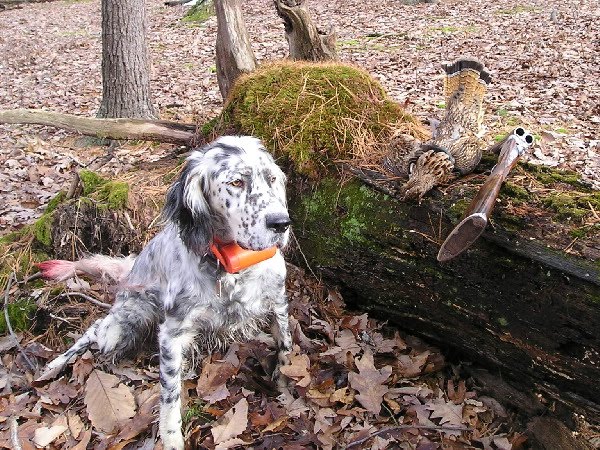Below is a pictorial of the simple grafting technique that I use. If I can interest just one person to give grafting a try I'll be satisfied.
This is a rootstock that I had already planted into a pot to make it easier for me to take pictures of the grafting procedure. First I cut it off several inches above ground level.
Then with a sharp knife I split the rootstock down the center.

Next you sharpen your scionwood.
and insert it into the cut that you made in the rootstock.If possible your rootstock and scionwood should be the same diameter so that the cambium wood, which is the living tissue of the plant matches up.
But often your scionwood will be smaller than your rootstock so you need to match up one side so that the cambium layer connects and the two pieces will grow together.
Then you wrap the two pieces tightly together with some sort of tape. Many types of tape will work, black electrical tape, plumbers tape, but I use a tape called Parafilm that was originally made for the medical profession. It seals the graft airtight and doesn't need to be taken off like the other tapes I mentioned. It will degrade with time.
The tip of the scionwood needs to be protected from drying out. Here I used a tree wound dressing but I also use paraffin wax with good results.
Finally you attach your tag. With a little luck this will grow into a Centurion Crabapple tree on Antonovka rootstock that will provide small crabapples through the winter for the birds to enjoy.
If this short pictorial tempts anyone into trying their hand at grafting please search U-Tube for much better instructions than I've provided. It has become a very interesting and rewarding hobby for me to enjoy and maybe it will for you too.


















































